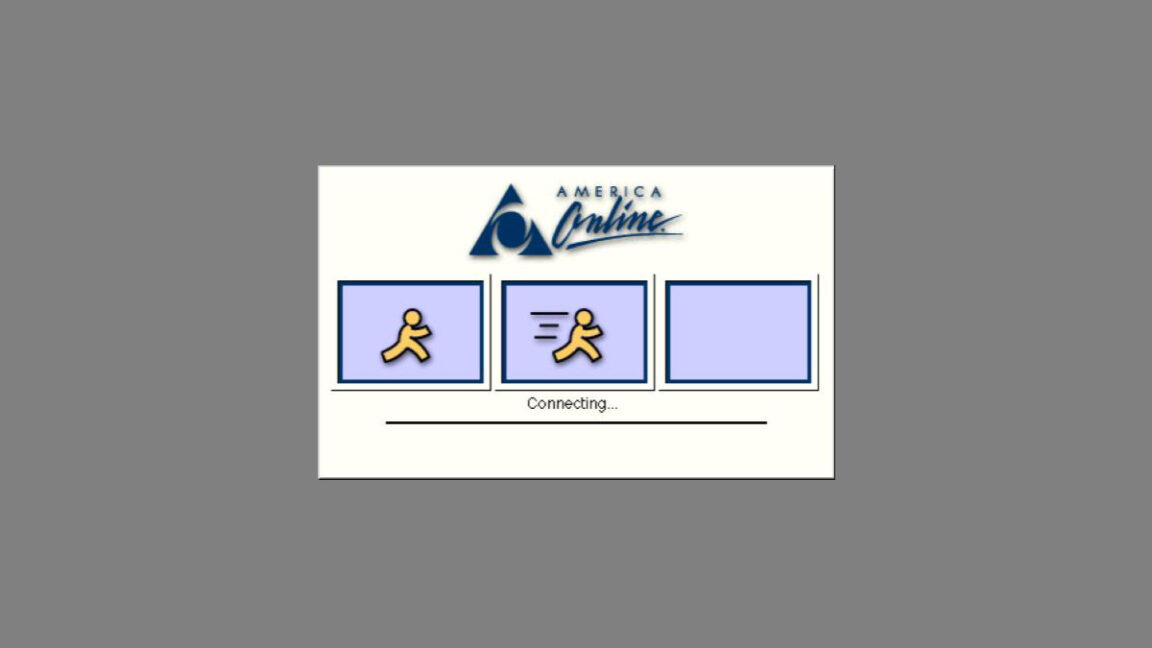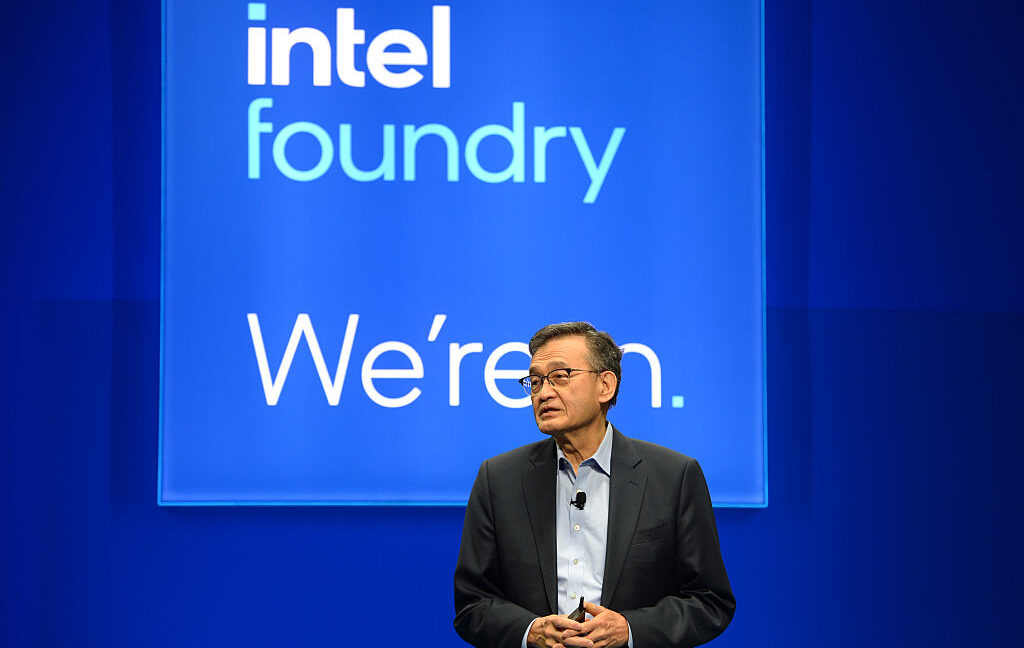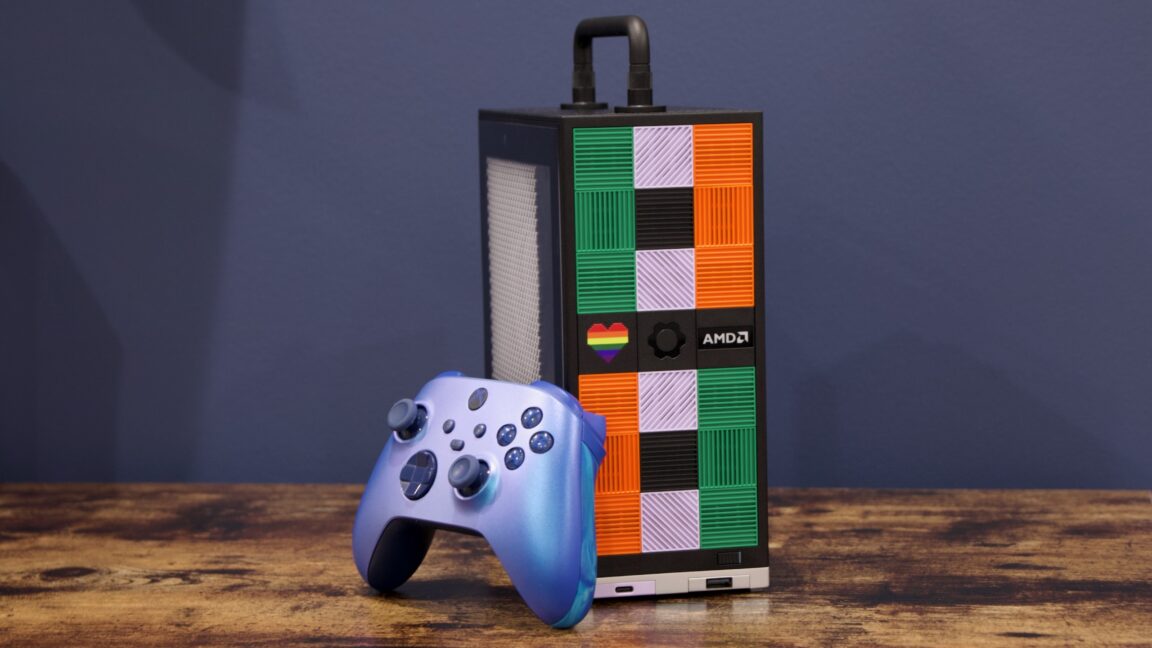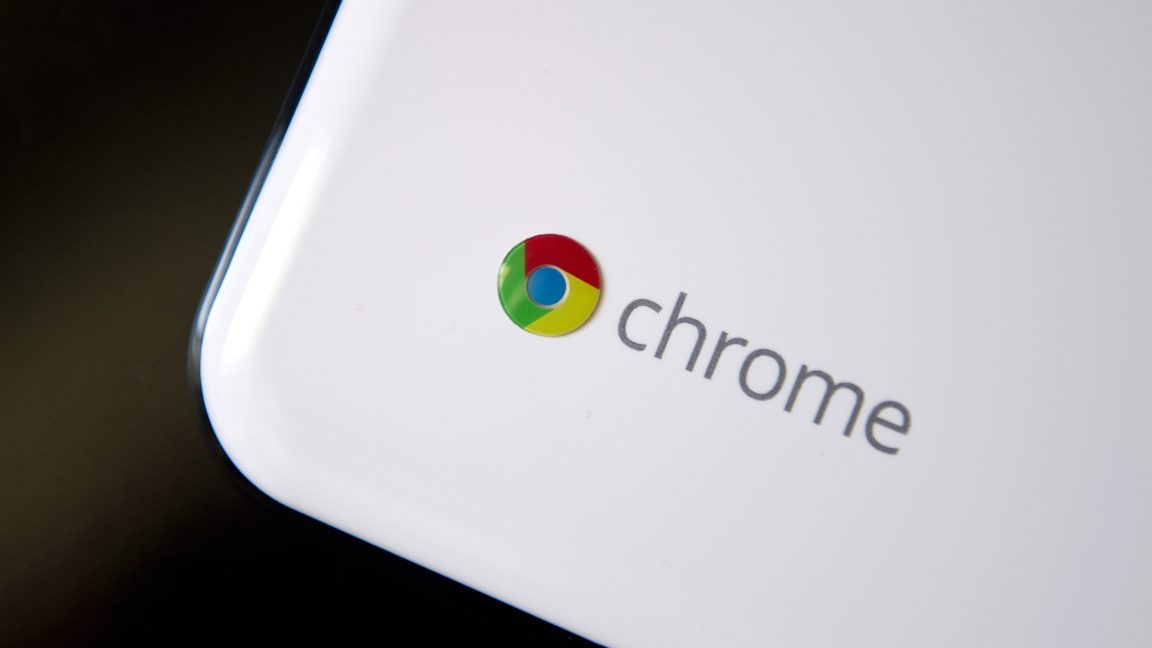End of an Era: AOL Dial-up Finally Says Goodbye

After decades of connecting millions of Americans to the Internet through telephone lines, AOL has announced that its dial-up modem service will cease operations on September 30, 2025. This marks the end of a technology that has served as a prevalent gateway to the digital world throughout the 1990s and early 2000s.
In a customer communication, AOL stated, "AOL routinely evaluates its products and services and has decided to discontinue Dial-up Internet. This service will no longer be available in AOL plans." Alongside the dial-up discontinuation, AOL will also retire its AOL Dialer software and the AOL Shield browser, which were fundamental to managing connections on slower networks and older operating systems.
AOL's dial-up journey began as "America Online" in 1991, with its roots tracing back to Quantum Link for Commodore computers in 1985. Initially, AOL did not provide true Internet access. It wasn't until 1994 that users could browse the World Wide Web, access newsgroups, or use services like Gopher.
When AOL opened the door to the Internet in 1994, navigating the web was a rudimentary experience with kilobyte-sized websites and compressed images. Despite these constraints, the service grew alongside the Internet, peaking at over 25 million subscribers in the early 2000s before broadband adoption accelerated its decline.
As of 2022, US Census data indicated roughly 175,000 households still used dial-up services, primarily in rural regions lacking broadband infrastructure. While alternatives such as satellite Internet serve millions, they often come with data caps and higher latencies, highlighting the ongoing digital divide in the USA.
For users reminiscing about dial-up, it was an auditory experience. Connecting involved the distinct sound of a modem dialing and negotiating a connection with AOL's servers. This peculiar routine also meant sacrificing phone calls while online, leading to household negotiations over Internet time.
Though technologies have evolved, AOL dial-up symbolized an era of connectivity made accessible for all, teaching users to navigate the online world with minimal technical knowledge. From AOL Instant Messenger to chat rooms, AOL's cultural influence on early Internet communication was profound.
As broadband became more widespread, AOL's pricing strategies and technical issues contributed to its decline. Now, as service ends, some niche providers like NetZero and Juno continue offering dial-up, particularly for areas devoid of alternatives, perpetuating a legacy that defies time.



